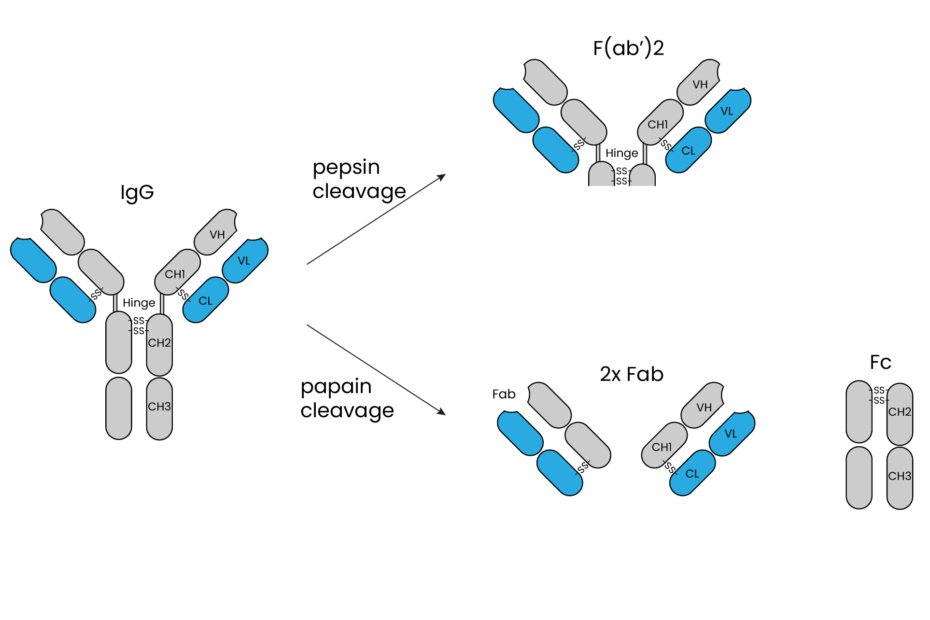Decoding the Magic of Protein A: Antibody Binding and Beyond
In this blog post, we will explore how Protein A functions when binding antibodies, its source, and describe the mechanism behind this interaction. The Source of Protein A Protein A is an extraordinary molecule, initially discovered in the cell wall of Staphylococcus aureus, a bacterium… Read More »Decoding the Magic of Protein A: Antibody Binding and Beyond


